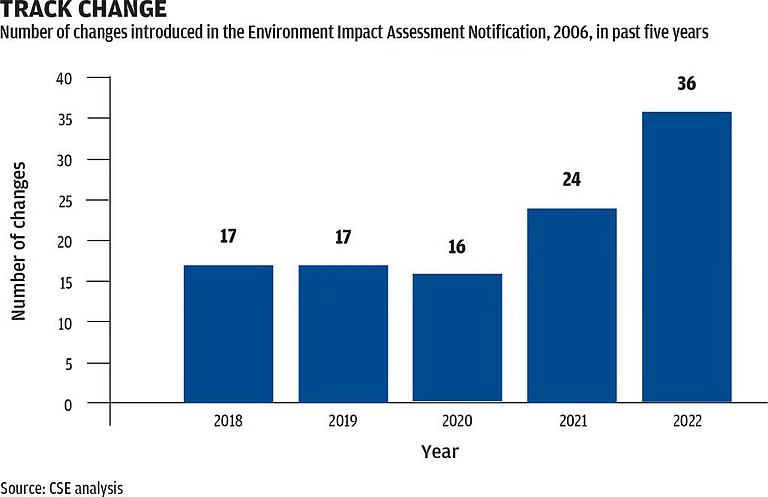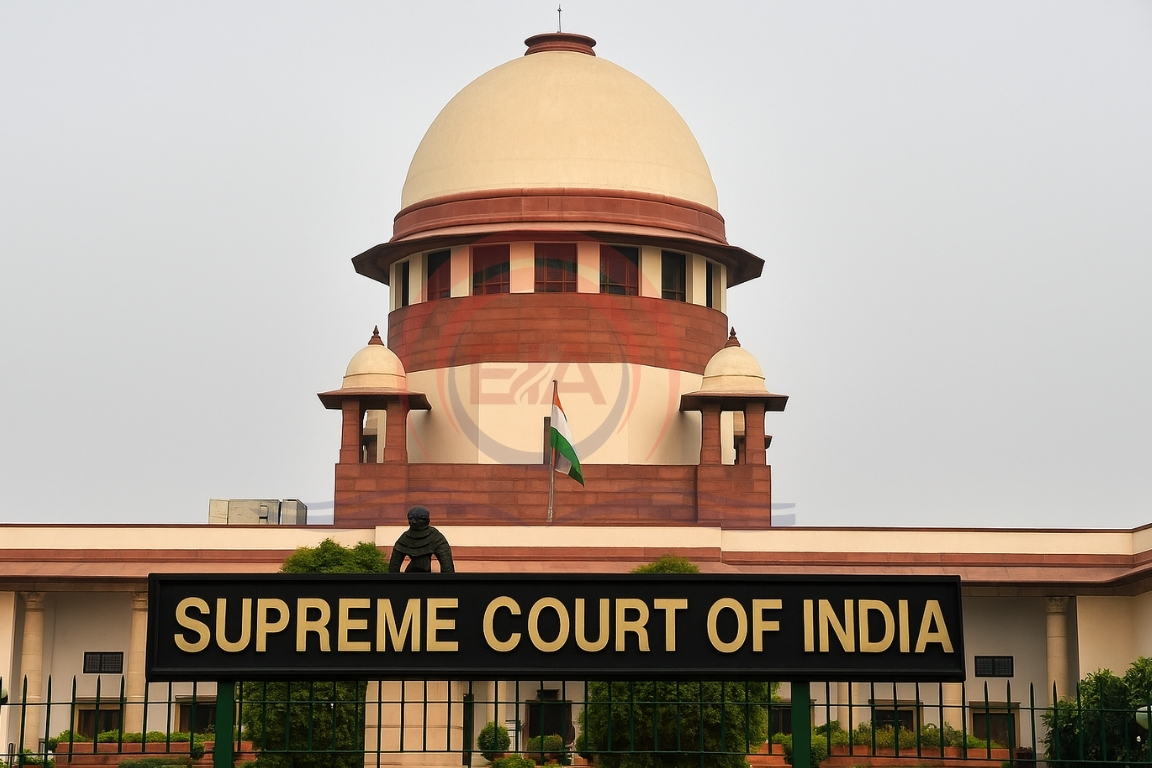The Supreme Court of India has ruled that projects with a built-up area over 20,000 sq. meters cannot be exempt from the EIA 2006 rules. The judgment reinforces the authority of State EIA bodies in granting environmental clearances.
What is Environmental Impact Assessment (EIA)?
- EIA is a process used to predict the impact of proposed projects on the environment before they begin.
- It looks at both positive and negative effects and suggests ways to reduce harm.
- EIA aims to ensure sustainable development by integrating environmental concerns into decision-making.
Background: EIA in India Initial Framework (1994)
- Made Environmental Clearance (EC) compulsory under the Environment (Protection) Act, 1986.
- Required several types of projects (like power plants, industries) to get approval based on environmental checks.

EIA Notification, 2006
- It is the current legal framework guiding environmental clearance.
- Divided projects into categories (A & B) based on their size and impact.
- Category A: Cleared by Central Expert Appraisal Committee (EAC).
- Category B: Cleared by State SEIAA and SEAC.
Supreme Court Verdict Highlights
- All projects above 20,000 sq. meters, including educational and industrial, must undergo environmental review under EIA 2006.
- State-level bodies (SEIAA and SEAC) remain responsible for examining and clearing such projects.
- The verdict prevents misuse of exemptions and ensures that large-scale projects do not bypass environmental checks.
Issues with EIA 2006
- Too many amendments: Over 110 changes in just 5 years, mostly without public consultation.
- Many changes allowed easier clearances for polluting industries.
- The flexibility of the law is often exploited to weaken environmental protection.
Suggestions for Reform
- Create an independent EIA authority to ensure transparency and avoid conflict of interest.
- Improve public participation, especially by involving communities in local languages.
- Make baseline environmental data more scientific and publicly accessible.
- Update the exemption list regularly to reflect ecological priorities.
Conclusion:
This judgment strengthens India’s environmental governance by reasserting the role of EIA and ensuring that large projects cannot avoid scrutiny. It is a key step toward balancing development with ecological sustainability.





